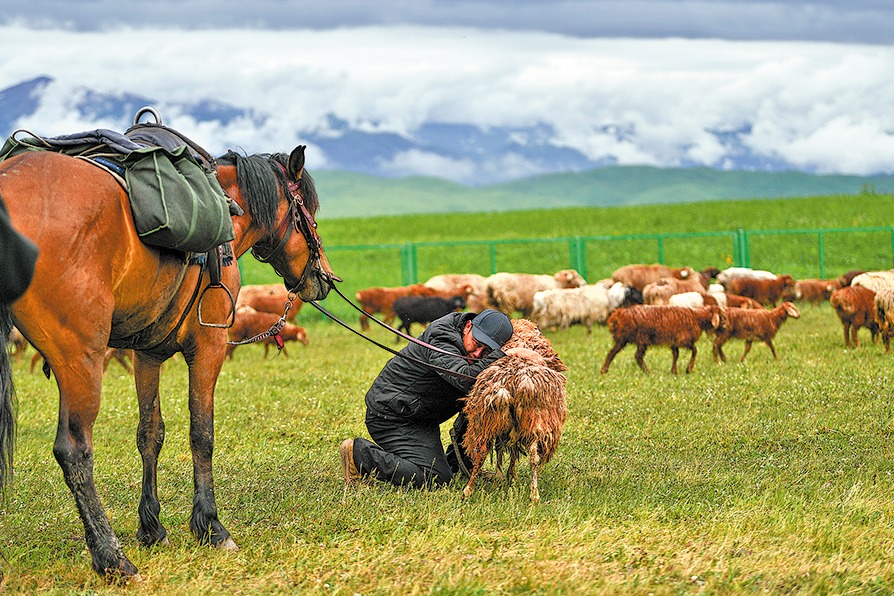Birds flock to green city spaces

TIANJIN-On an isle in the middle of a lake, birds hop across the limbs of lush trees, while some flap their wings and soar into the sky.
The lake is located on the campus of Tianjin Normal University, nestled in the bustling northern Chinese port city of Tianjin. Since 2005, nearly 160 species of birds, including rare ones, have been spotted around the university.
"Once, we would hardly see reed parrotbills, a rare bird species, in Tianjin. Now, there are at least a thousand of them in the city," says Yan Chuncai, a bird photographer and a professor at the university's School of Life Sciences.
Many Chinese metropolises, like Tianjin, have become home to a growing variety of birds and other wildlife as efforts are made to protect nature reserves and expand green areas and wetlands.
The coastal area of Tianjin is part of one of the world's major bird migration routes. Statistics showed that about 450 bird species had been observed in the city by the end of 2020, up from 416 in 2014.
Lu Hong, an official with the municipal bureau of planning and natural resources, attributes the rise to the improving local environment, better law enforcement and increasing public awareness.
Tianjin has designated 736 square kilometers, about twice the size of its urban area, as a "green ecological barrier" for the implementation of various restoration initiatives.
The green drive goes beyond Tianjin. Vegetation added throughout the country over the past two decades accounts for a quarter of the total global increase, with China ranking first worldwide, official data shows.
As of last year, in Beijing, 79 natural protected areas had been established, including nature reserves, scenic spots, forest parks and wetland parks, which cover around 22 percent of the city's total area, according to the Beijing Forestry and Parks Bureau.
It is now home to over 500 species of wild birds, ranking second among the capitals of G20 members, behind only Brasilia, the capital of Brazil, in terms of avian diversity, according to the bureau.
China's southern metropolis of Guangzhou has over 110,000 hectares of nature reserves, forests and wetlands, accounting for 15 percent of the city's land area.
Less than 5 km away from the megacity's landmark Canton Tower is Haizhu wetland, which covers an area of 1,100 hectares. The wetland has attracted some 180 species of birds to dwell, perch and reproduce, according to local statistics.
"We've built greenways, garden roads and forest paths to serve as ecological corridors for the wild birds to migrate to the city more easily," says Hu Huijian, a researcher with the Institute of Zoology at the Guangdong Academy of Sciences.
Xinhua




































